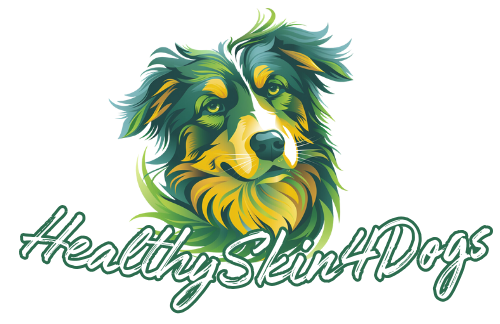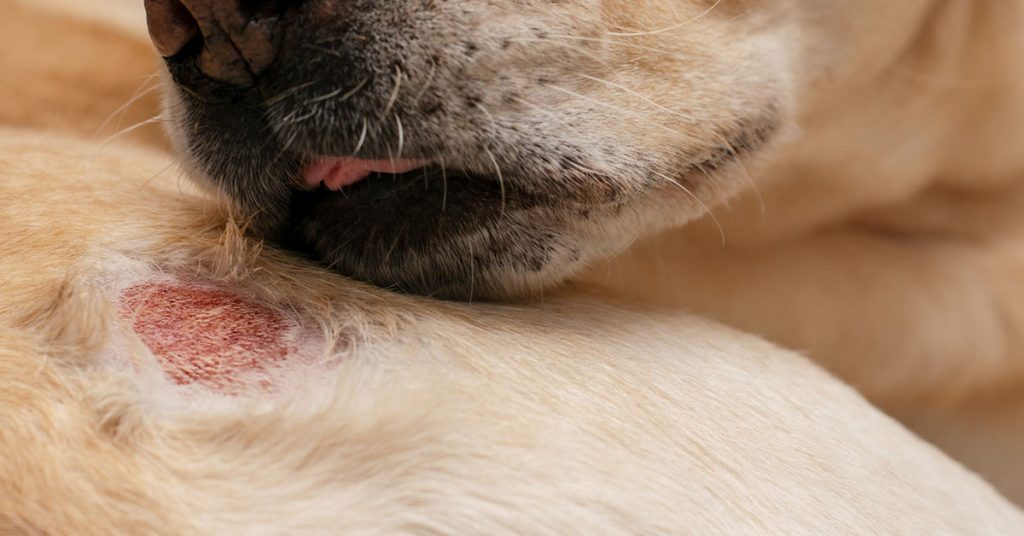Yeast dermatitis occurs often in dogs and can cause discomfort and distress. Thus, knowledge of yeast dermatitis in dogs can help dog owners recognize symptoms, find treatment, and help their pets. Yeast dermatitis happens when yeast organisms overgrow on your dog’s skin, resulting in inflammation.
Poor grooming habits, allergies, and moisture can contribute to this imbalance. This blog post will explore the causes, symptoms, treatment options, and preventive measures for yeast dermatitis in dogs. Let’s dive in.
What is Yeast Dermatitis in Dogs?
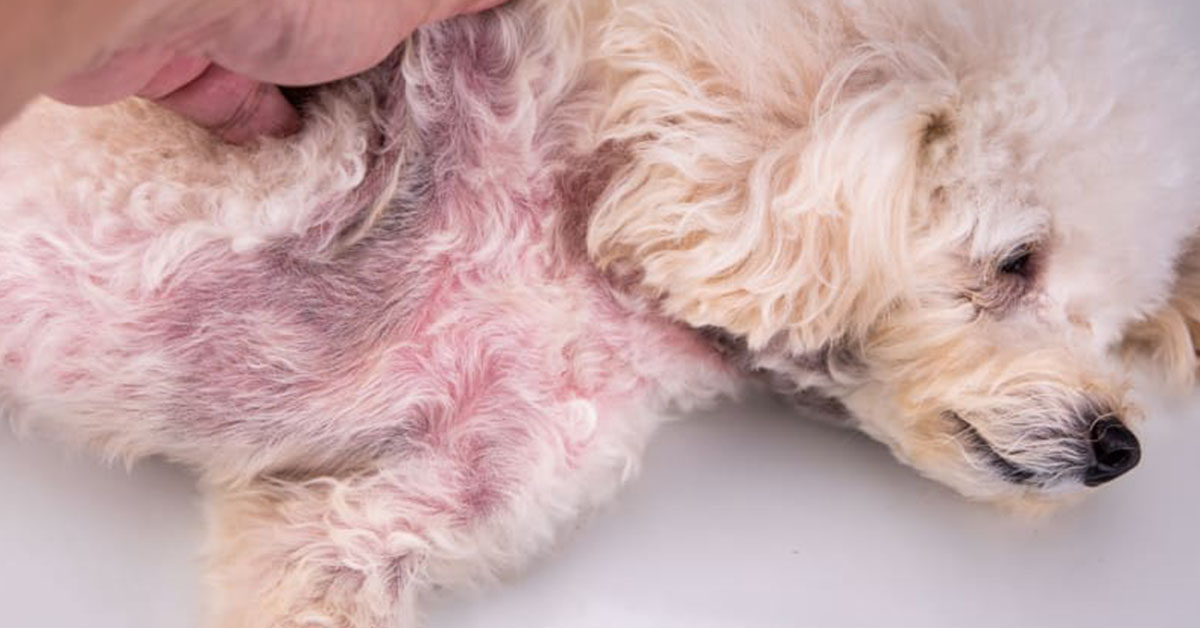
The overgrowth of yeast organisms on a dog’s skin causes yeast dermatitis or Malassezia dermatitis. Yeast species like Malassezia thrive in warm, moist areas like skin folds and ears. Moisture and weakened immunity can make yeast grow faster, disrupting the skin’s barrier function and causing inflammation, redness, itching, and discomfort.
Further, in the absence of treatment, secondary bacterial infections may develop. Therefore, understanding yeast dermatitis is the best way to treat and manage it.
What Causes Yeast Dermatitis in Dogs
Several factors contribute to yeast dermatitis in dogs. Such as:
Allergies
There is a higher risk of yeast dermatitis in dogs with allergies, whether they have food or environmental allergies. Moreover, allergic reactions can weaken the skin’s natural defenses, creating an environment conducive to yeast growth.
Moisture and Humidity
Excess moisture creates an ideal environment for yeast growth during swimming and bathing. Additionally, high humidity levels can exacerbate yeast growth, especially in dogs with folds on their skin.
Poor Grooming Habits
A poor grooming routine can lead to yeast growth, such as infrequent baths or a failure to clean skin folds properly.
Immunocompromised Conditions
Yeast infections are more common in dogs with weakened immune systems, whether due to underlying health conditions or prescribed medications.
Identifying and treating these underlying causes is critical for managing and preventing dog yeast dermatitis.
Symptoms of Yeast Dermatitis in Dogs
Yeast dermatitis in dogs causes various symptoms, typically causing discomfort and distress. It’s important to recognize these signs so you can take action quickly. Here are some symptoms of yeast dermatitis in dogs:
Intense Itching and Scratching
Yeast dermatitis causes intense itching, leading to constant scratching, biting, or licking. Dogs may experience significant discomfort and irritation from severe itching.
Red and Inflamed Skin
The affected area of the skin often appears red, inflamed and irritated. Moisture and warmth make yeast thrive in specific areas, such as the ears, paws, armpits, or groin.
Greasy or Waxy Coat
Overgrown yeast can change the appearance and texture of a dog’s coat. You may feel greasy, oily, or sticky when touching affected areas. It may also appear dull or greasy, losing its usual luster and shine.
Unpleasant Odor
An unpleasant odor from the affected areas is a hallmark of yeast dermatitis in dogs. Some people describe the smell as musty, yeasty, or sour, especially in areas with skin folds or yeast proliferation.
Hair Loss
Yeast dermatitis can cause hair loss or thinning of the coat in more severe cases. Hair loss can result from the dog scratching and biting endlessly, traumatizing the hair follicles.
Secondary Skin Infections
Yeast dermatitis can sometimes lead to secondary bacterial or fungal infections, further complicating the condition. The symptoms of these secondary infections may worsen and require further treatment.
Individual dogs may experience different symptoms depending on yeast overgrowth, skin sensitivity, and underlying health problems.
How to Treat Yeast Dermatitis in Dogs
Yeast dermatitis in dogs is typically treated using a multifaceted approach that targets yeast overgrowth, symptoms, and underlying causes. Among the treatment options:
Topical Therapy
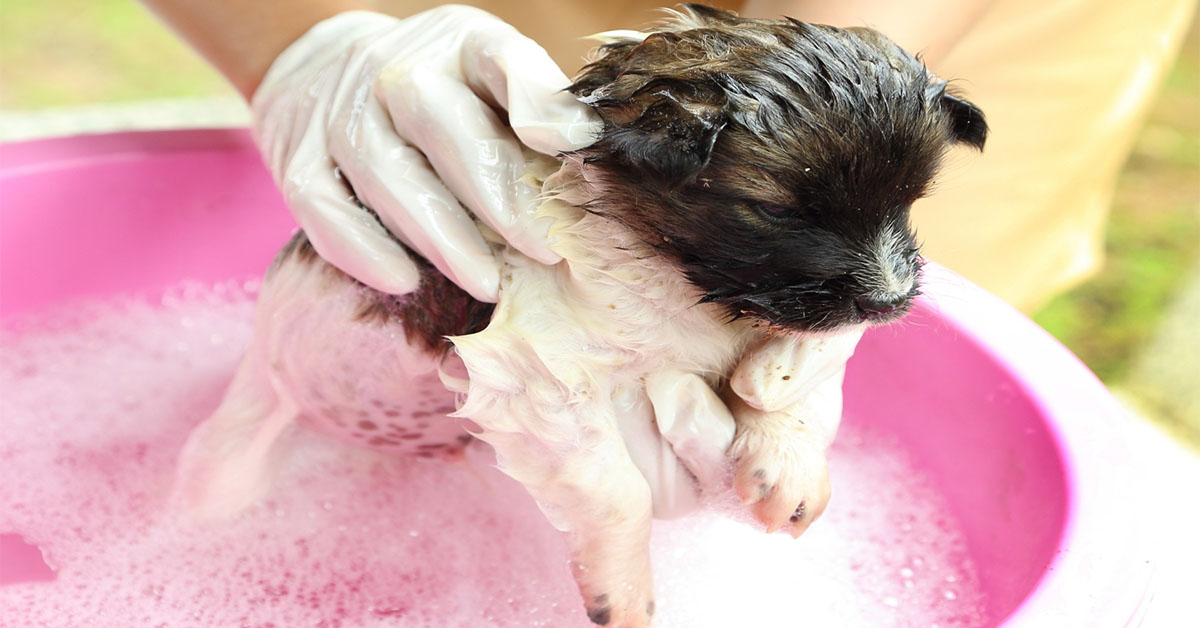
Antifungal shampoos, sprays, or wipes contain chlorhexidine, ketoconazole, or miconazole, which reduce yeast populations. They’re usually used to bathe affected areas regularly, soothing the skin and stopping itching.
Oral Medications
Veterinarians may prescribe oral antifungal medications in more severe cases or when topical therapy alone is insufficient. Medications like fluconazole or itraconazole fight yeast overgrowth throughout a dog’s body.
Dietary Management
Some dogs can benefit from dietary modifications aimed at reducing carb intake or addressing underlying food allergies. You can control yeast proliferation and relieve skin symptoms with specialized diets.
Environmental Management
Minimizing moisture and humidity in the dog’s environment is essential to prevent recurrent yeast infections. Keeping your coat clean and dry after bathing or swimming is also necessary to prevent yeast growth.
Medicated Ear Cleaners
Dogs with yeast dermatitis affecting the ears may need ear cleaners containing antifungal ingredients. These cleaners help remove wax and debris and fight yeast overgrowth in the ear canal.
Addressing Underlying Conditions
The best way to manage yeast dermatitis long-term is to identify and address the underlying causes, like allergies or immunodeficiencies. With allergy testing and appropriate management strategies, you can reduce the dog’s susceptibility to recurrent yeast infections.
Regular Monitoring and Follow-up
A veterinarian should monitor dogs receiving treatment for yeast dermatitis regularly to assess treatment response. A follow-up appointment allows for ongoing evaluation of the dog’s skin health.
A comprehensive treatment for yeast dermatitis in dogs can improve the dog’s quality of life. Maintain open communication with the veterinarian if there are any concerns or changes in the dog’s health.
Can Dry Skin on Dogs Lead to Yeast Dermatitis?
Dry skin on dogs can lead to various health issues, including yeast dermatitis. Identifying the underlying dry skin reasons is essential for effective treatment. Environmental factors, allergies, or even underlying health problems can contribute to this condition, necessitating a veterinary consultation to ensure your pet’s skin remains healthy and comfortable.
How to Prevent Yeast Dermatitis in Dogs
In addition to treating yeast dermatitis in dogs, preventing recurrence is also essential. By taking proactive measures, you can reduce yeast overgrowth and minimize your dog’s dermatitis risk. Here are some preventive strategies:
Regular Grooming
Ensure your dog gets regular grooming, including bathing with a mild, hypoallergenic shampoo. After bathing, make sure your dog’s coat is completely dry to prevent moisture buildup, which can lead to yeast growth.
Ear Care
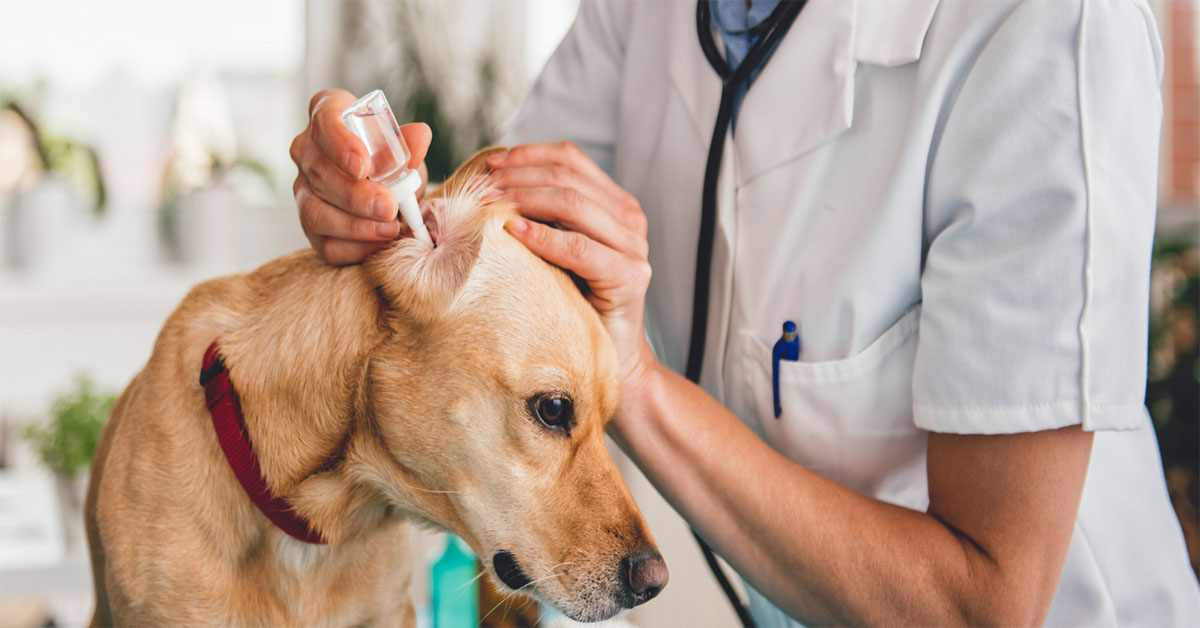
Regularly clean your dog’s ears with a veterinarian-approved ear cleaner to remove excess wax and debris. Dogs with floppy ears or excessive hair in their ear canals are more prone to ear infections.
Food Management
Provide your dog with a balanced diet that supports skin health and immune function. Modify your dog’s diet to reduce yeast-friendly environments, such as switching to a low-carb or hypoallergenic diet.
Environmental Control
Ensure your dog isn’t exposed to environmental factors that promote yeast growth, like high humidity. Make sure your dog’s environment is clean and dry, especially where he spends time playing or resting.
Allergy Management
Identify and treat any underlying allergies that could cause yeast dermatitis in your dog. Develop an allergy management plan with your veterinarian that includes allergy testing, allergy avoidance strategies, and medication.
Regular Veterinary Check-ups
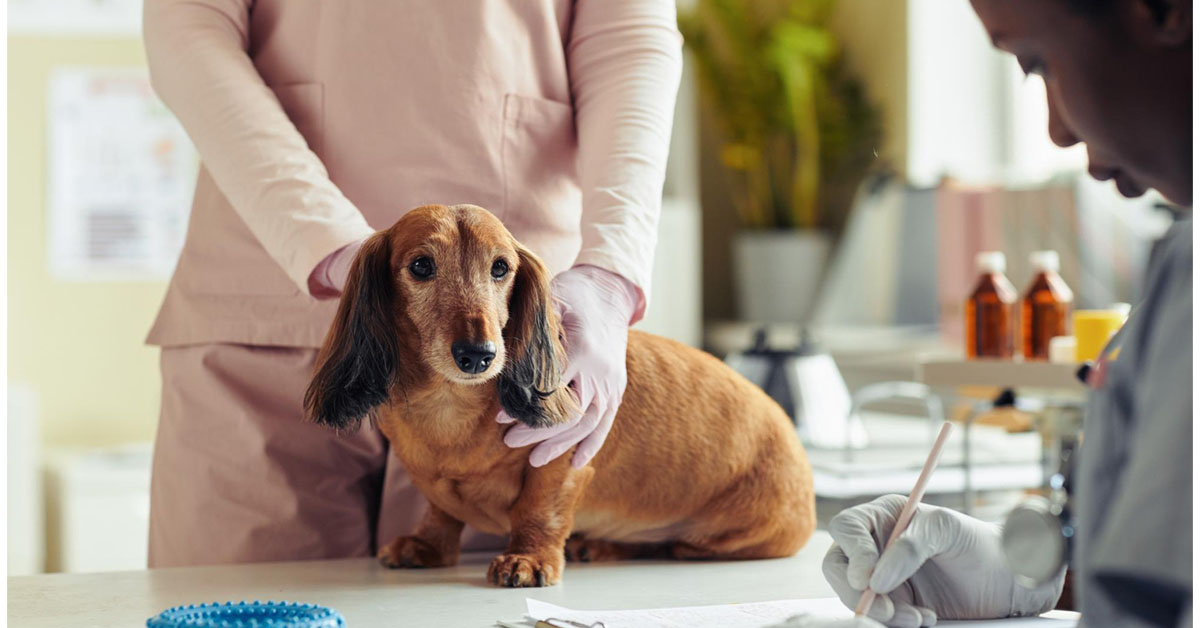
Schedule routine veterinary examinations to maintain your dog’s overall health and skin condition. If your dog has yeast dermatitis, your veterinarian can identify and address any risk factors and advise you on preventive measures.
Is Yeast Dermatitis in Dogs Contagious?
Yeast dermatitis in dogs isn’t contagious like some bacterial or fungal infections. Although the yeast organisms that cause dermatitis can spread from one dog to another, the condition can’t be passed from one dog to another.
Yeast dermatitis often develops because of allergies, moisture, or compromised skin barriers. You should practice good hygiene and avoid close contact with affected dogs to prevent secondary infections or exacerbating existing dermatitis.
Read More: What Is the Best Way To Clean Dog’s Ears
Conclusion
Ultimately, you can effectively manage yeast dermatitis in your dog with proper treatment and prevention. Pet owners should seek veterinary care and address the underlying causes of persistent itching or discomfort. Remember, early intervention and consistent care are crucial to managing this condition. Ensure your dog’s skin health is a priority, be proactive, and stay informed.
